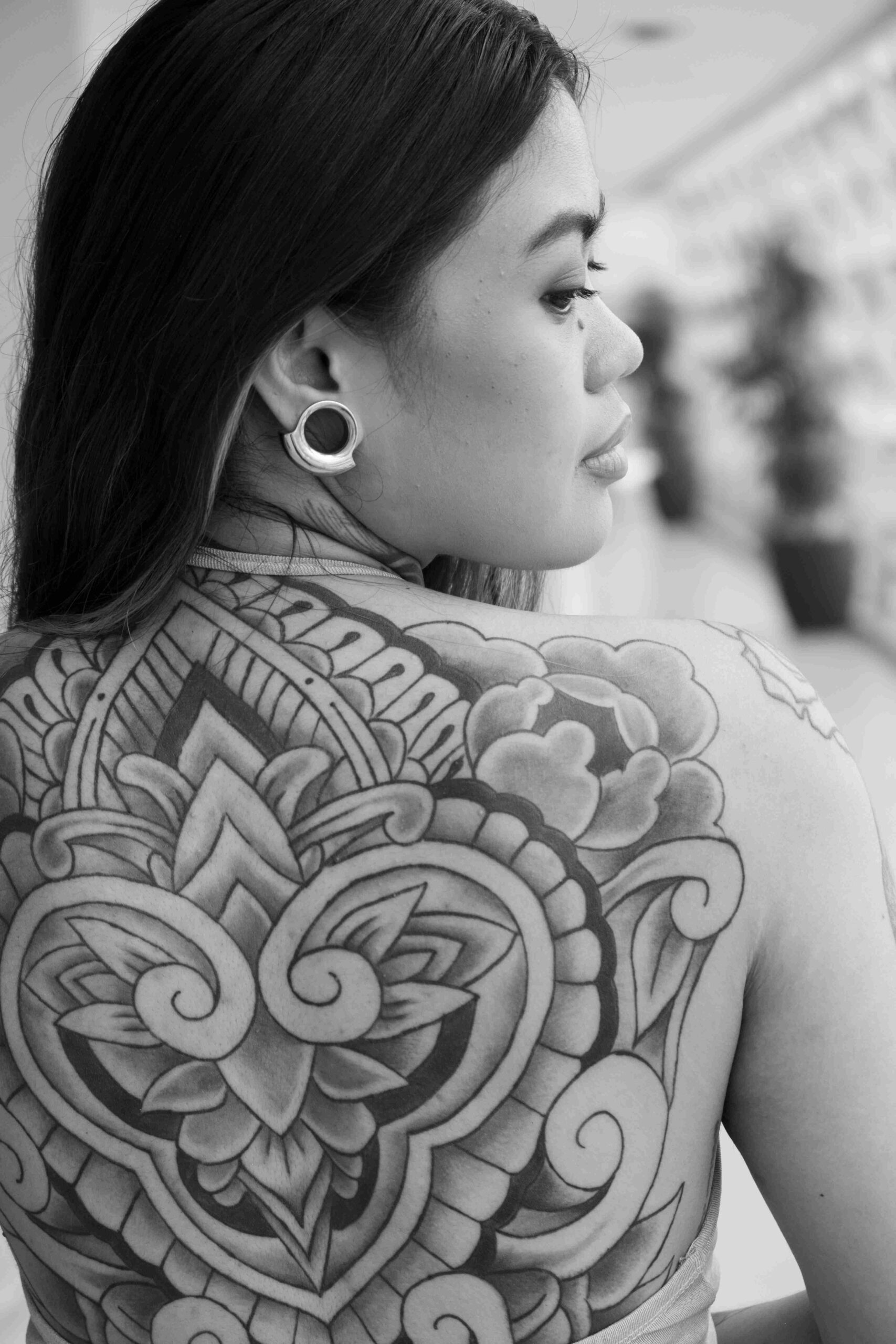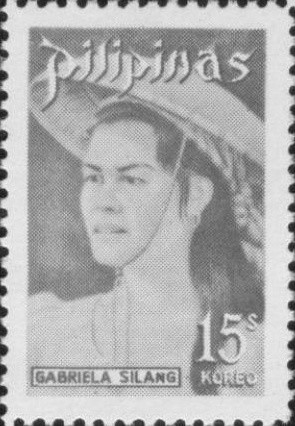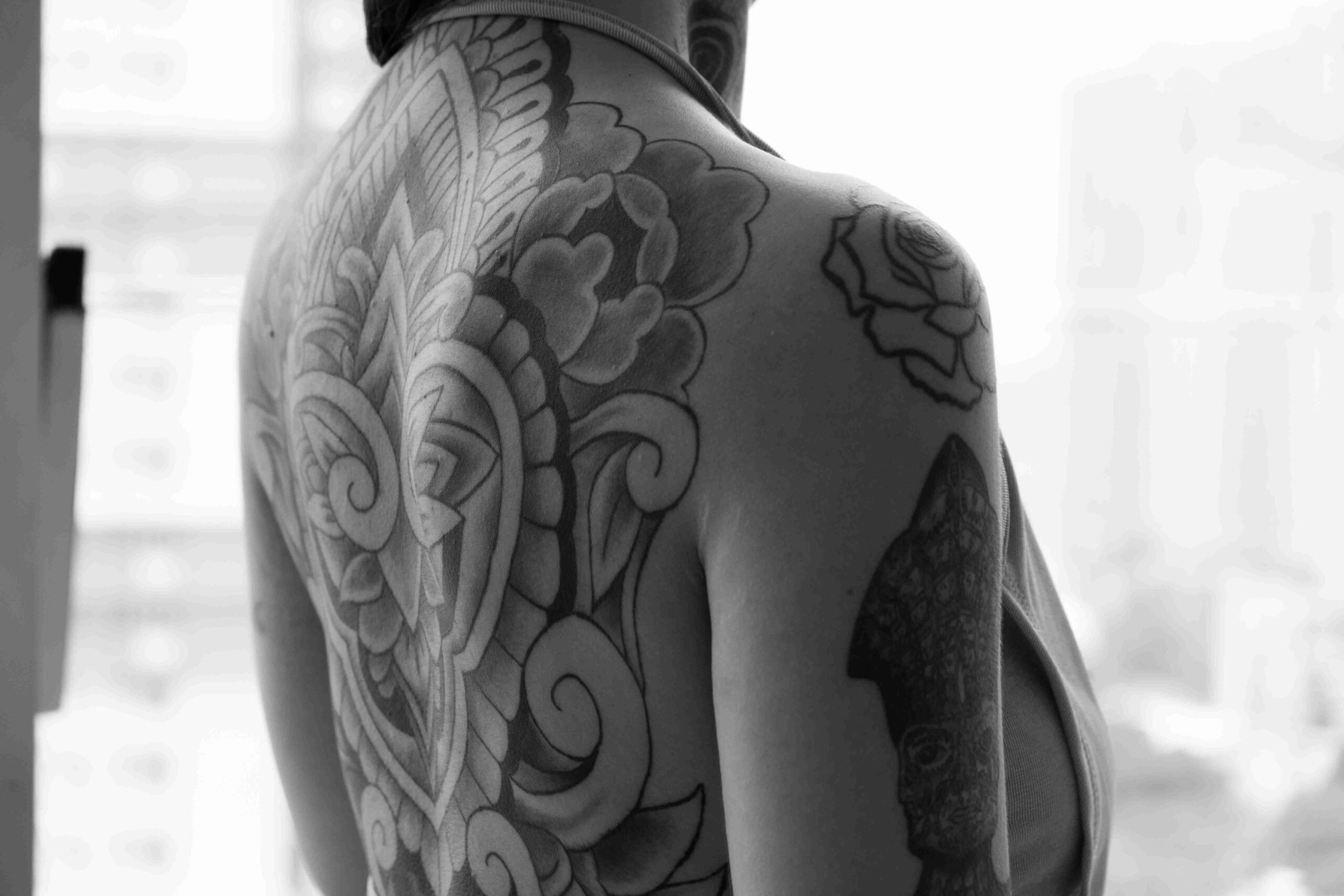Maria Clara: In Her Name, Not in Her Shape
The Birth of an Idealized Woman
Maria Clara. Sweet. Soft-spoken. Loyal. Virginal. Raised to wait, not walk. To serve, not speak. She wasn’t real—but her shadow still lingers in real women’s lives.

Originally a character in José Rizal’s Noli Me Tangere, Maria Clara was written during a time when Filipino identity itself was under siege. Her image, meek and modest, became the blueprint for “ideal” womanhood under colonial rule. Janica Favis (2022) points out that she’s long been portrayed as the passive love interest of Rizal’s hero—devout, obedient, and almost always fragile. She waits in silence for a man to return, her own ambitions held hostage by devotion.
And somehow, she became all of us.
Cracks in the Pedestal
Of course, not all Filipinas accept this version of femininity. Carmen Guerrero Nakpil, a feminist author and historian, famously called Maria Clara:
“The greatest misfortune that has befallen Filipino women in the last 100 years.”This bold statement underscores the pressure many Filipinas still face to conform to unrealistic standards of femininity—standards that reward silence over strength, modesty over ambition, and fragility over agency.
We were taught to shrink ourselves down to fit a mold made of silence. We inherited a standard that punished boldness and rewarded invisibility.

https://en.wikipedia.org/wiki/Gabriela_Silang
But history also gave us women like Gabriela Silang, who led an eighteenth-century rebellion with courage and fire. She did not wait to be rescued; she armed herself and fought. In every way, she stood in contrast to Maria Clara’s passivity. Perhaps that is why her story appears less often in trinkets, dramas, and tidy retellings.
A Mirror of Her Time—Not Ours
While Maria Clara has long been held up as the gold standard of Filipina womanhood, some scholars and cultural critics challenge this perception by recontextualizing her. Her character is not a beacon to aspire to, but a mirror of constraints. Anthropologist Professor Felipe Jr. Jocano explains:
“Actually, if you read carefully how Rizal described Maria Clara, she was not—I doubt if she was being held up as an ideal. What he was describing was a woman confined to her place in society, not by physical means, but by her education, the limitations of her worldview, her upbringing, her view of herself.”Maria Clara did not lack strength. She lacked room to express it. She was noble, loyal, and brave in her own context. As the decades passed, she was flattened into something easier to swallow: modesty without will, devotion without voice. Her story reflects a world where women could not speak boldly, act decisively, or prioritize their futures.

Feminist author Carmen Guerrero Nakpil critiques how later generations romanticized Maria Clara. She places blame not on Rizal, but on readers who saw her through a patriarchal lens. As she wrote, “instead of giving their attention to her strength, her nobility, her inherent stubbornness, they made a cult of her capacity for fainting and blushing.”
Maria Clara was never just one thing. She was noble, loyal, and brave in her way, yet much of that strength was ignored in favor of a palatable image: modest, silent, obedient. Over time, that image hardened into a standard, and the standard became a mold many Filipinas were expected to fit.
Even today, many Filipinas carry that weight. We are praised for being “mahinhin,” “malinis,” yet judged for being too loud, too tattooed, too much. To take up space, speak directly, or exist beyond the “Maria Clara box” still invites criticism—at work, online, and especially when our bodies tell stories through scars, piercings, or ink.

Perhaps the point is not to erase Maria Clara, but to reclaim her. She was a woman written into the margins of her time. We live in an age of reclamation, visibility, and resistance. With that comes responsibility to ask what parts of her were real, what parts were forced, and what expectations we still force on women today.
She reflects who we were expected to be. To honor her, we must refuse to let her story be the only one.
